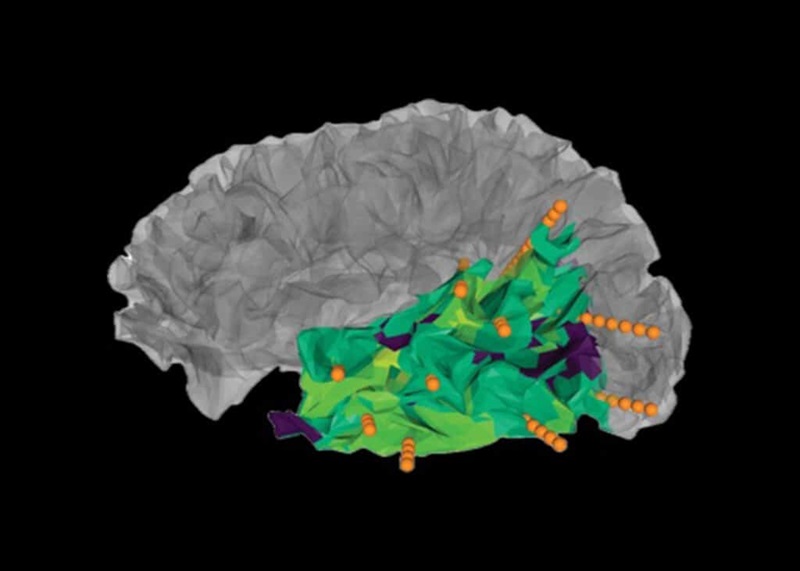New Algorithm Better Identifies Seizure Origin for More Precise Surgical Interventions
Posted on 11 Dec 2024
Epilepsy, affecting over 50 million people globally, is one of the most common neurological disorders. While many forms of epilepsy can be managed with medication, those with drug-resistant epilepsy often require surgical intervention to control their seizures. In such cases, neurosurgeons typically remove the brain area that triggers the seizures. To pinpoint the precise region responsible, doctors first use an EEG to record brain activity during a seizure by attaching electrodes to the patient’s scalp. If this method does not provide sufficient information, a more invasive approach, the stereo-EEG, is employed, which involves inserting electrodes into the suspected brain areas through small holes drilled into the skull. Although more invasive, stereo-EEG offers higher-resolution recordings of brain activity during seizures compared to traditional EEG. However, this technique only captures the area of the brain with the highest activity and does not track the entire path of the seizure as it spreads. Consequently, the region with the largest signals may indicate the propagation of the seizure and not necessarily the source. As a result, even with this invasive method, surgical success occurs only about 60% of the time.
Now, a new tool developed by neural engineers at Duke Pratt School of Engineering (Durham, NC, USA;) promises to enhance these surgical outcomes by helping neurosurgeons more accurately identify the seizure origins in the brain. The tool, an algorithm called TEDIE (Temporally Dependent Iterative Expansion), collects signals from every implanted electrode and reconstructs the path and changes of neural activity during a seizure. With just brain imaging data and stereo-EEG recordings, TEDIE creates a dynamic "movie" showing where the seizure begins and how it spreads throughout the brain. The algorithm not only identifies the seizure’s point of origin but also provides an estimate of its size. In preliminary tests, TEDIE was applied to simulated seizures with known locations and sizes, outperforming other current algorithms. The team then used TEDIE to analyze stereo-EEG recordings from 46 epilepsy patients.

Their findings, published in the journal Brain, demonstrated that TEDIE’s reconstructions accurately identified the areas that were removed in patients who showed no further epilepsy symptoms after surgery. In contrast, TEDIE also identified seizure origins in patients who continued to experience symptoms after surgery, showing that the removed regions were not the source. Additionally, TEDIE revealed potential new surgical targets in 12 out of 23 patients who still had epilepsy symptoms post-surgery. Encouraged by these results, the team plans to introduce TEDIE into clinical trials. They also aim to adapt the algorithm for use with conventional EEG, potentially reducing the need for invasive stereo-EEG and providing a more accessible tool for epilepsy centers without specialized equipment. Furthermore, TEDIE’s capabilities extend beyond clinical applications, offering valuable insights into brain activity for basic neuroscience research.
“Epilepsy is a very complex disorder. In some individuals, physicians will remove parts of the brain and the patient will get better, but then a year later seizures will return,” said Brandon Thio, a recent PhD graduate and first author of the paper. “TEDIE likely won’t bring the efficacy up to 100%, but we hope that it improves on the current 60% clinical success rate.”














